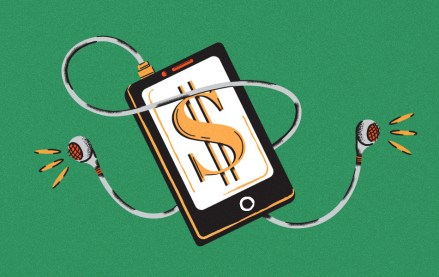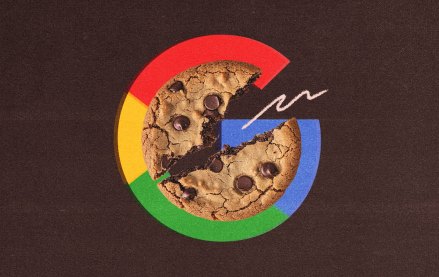
Brands face a dilemma in social media. People are spending lots of their time with Facebook and Twitter, and, at the same time, they don’t like advertising there, which is historically the case with ads in communication mediums.
To solve that brands and social platforms have hit on the idea of making their advertising there not look like advertising at all. Indeed, Facebook, Twitter and Tumblr have all engaged in semantic gymnastics in terming ad products “featured,” “promoted” and the like. There’s still some work to do.
According to a recent Allstate/National Journal survey, more than two-thirds of the 1,000 adult respondents believe, “major corporations and political candidates are active on social media to advertise, collect information on customers or supporter, and increase their own success, either in profits or votes.”
“Consumers get turned off if brands are marketing to them, but pretending it’s not marketing,” Noah Mallin, group director of social media at Digitas. “It’s about when brands are marketing in social they need to be upfront with how they message. Consumers are less likely to feel uncomfortable when a brand is transparent.”
Not all is lost for brands on social networks, as people aren’t totally against companies using social media. People just don’t trust them. According to the AllState/National Journal study, 64 percent of social media users believe companies should use social media as a customer-service mechanism and that 59 percent are more likely to view a company that uses social media as “accessible and responsive.” Fair enough, but marketing must do more than that to move products off the shelves. The hard sell might not work on social nets, but surely there’s room for some kind of selling. Right now, it’s very much of the soft kind.
For example, look at the experience Twitter built with NASCAR. Clicking on the hashtag #NASCAR takes you to a special URL (www.twitter.com/#NASCAR) designed as part ad, part Twitter. This native ad format is not just about driving you to a NASCAR page that feels like an ad, but to build a connection between fans, drivers and NASCAR. The meat of the page is the Twitter feed in the middle of it, as NASCAR pulls in responses to tweets. There is a constant connection between fans.
Tumblr, too, has reached out its hand to the advertising community. The idea is brands will set up shop on Tumblr, then pay to promote posts that might be of interest to Tumblr users. The “ad unit” is the post, as Tumblr CEO David Karp pointed out. Coke ran an early ad effort on the site and saw its post garner 20,000 notes (Tumblr’s social currency of likes and reblogs) in about a five-hour time period. Whether that’s success or not isn’t all that clear.
And that’s the hitch with social network advertising. For all the breathless hype of social media experts, brands are often unsure what they’re getting. General Motors notably crystallized this feeling when it recently pulled its ad budget from Facebook. (This was somewhat refuted this week by a ComScore study finding that ads on Facebook do, in fact, work.)
“The challenge for brands is to look at the value proposition to get people to engage with them,” Mallin said. “Brands that get it right and provide value in social — couponing, sharing information, or giving emotional boost like great content that makes the person look like an insider — will be successful. The consumers making the exchanges are aware the company is getting something out of it; they want to benefit.”
More in Media

Creators are left wanting more from Spotify’s push to video
The streaming service will have to step up certain features in order to shift people toward video podcasts on its app.

Digiday+ Research: Publishers expected Google to keep cookies, but they’re moving on anyway
Publishers saw this change of heart coming. But it’s not changing their own plans to move away from tracking consumers using third-party cookies.

Incoming teen social media ban in Australia puts focus on creator impact and targeting practices
The restriction goes into effect in 2025, but some see it as potentially setting a precedent for similar legislation in other countries.





